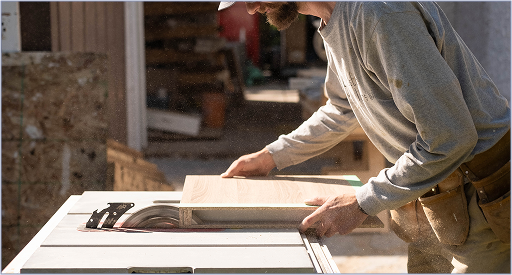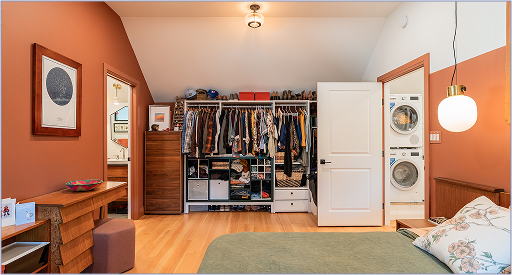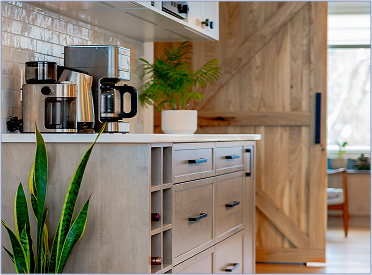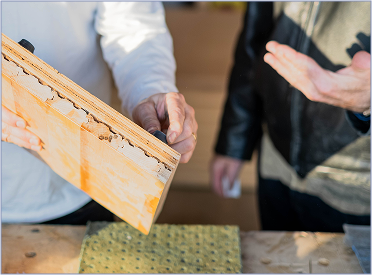Working with Us
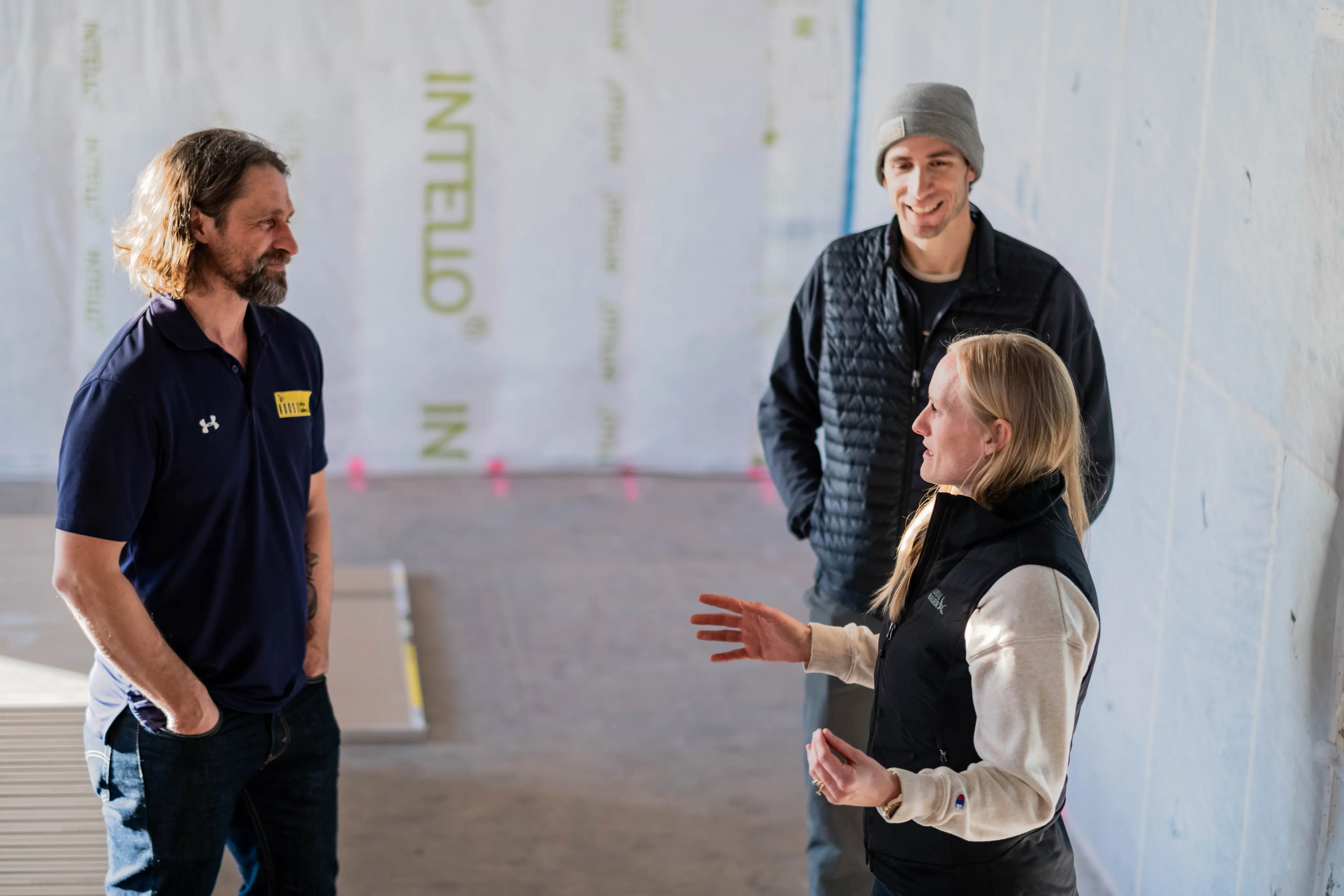
Everything starts with a conversation
We're proud of every project we've worked on, and each one has begun with curiosity and an open mind. Bring us your hopes, your dreams, the issues you're noticing, and together we'll step back and figure out out how make your space look, feel, and function to a higher standard. And finally, we'll build it to last.
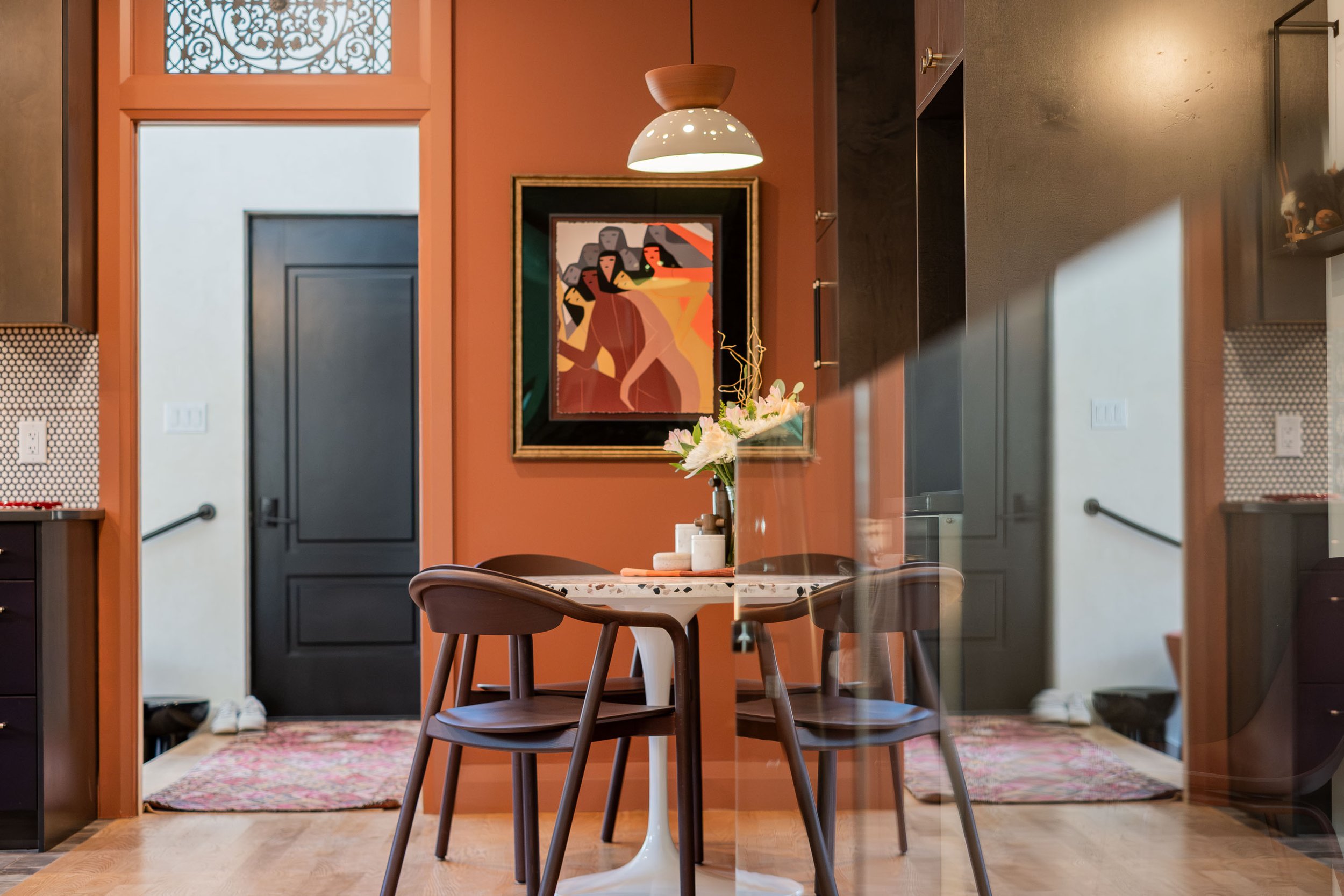
Our Design Approach
The guiding philosophy and approach to our design is a result of 20 years of listening to people's needs and applying skills, patience, and accumulated experience to create solutions that fit perfectly. This page contains only a summary of our approach to design. To learn, more see our full design philosophy.
Context and History
Our work isn't based in feebly chasing trends. In addition to the best of the past and present of architecture and building design, our goals and approach in design reflects our clients needs and a respectful consideration of context and history.
Big Picture Thinking
All the parts of your home should flow together purposefully and effectively. By contextualizing those concerns and dreams within the bigger picture of the home, we can offer you solutions that are tailored specifically to your reality.
Beauty reflects purpose
When we look at our work, we trace the lines, proportions and material choices back to a few core decisions. Our homes and renovations are beautiful because their form has faithfully flowed from steadfast attention to function and purpose.
Comfort and Flow is the goal
The best designs are practically invisible — they work because they reduce friction. A design is truly successful when it creates that frictionless comfort, not only in terms of mechanical dependability, but in terms of how well a space meets the needs and desires of the people that live within it — whether they’re spatial and emotional.
More technical questions?
You can find more information about our design principles, building science, and sustainability practices and committments our "How we Build" page.
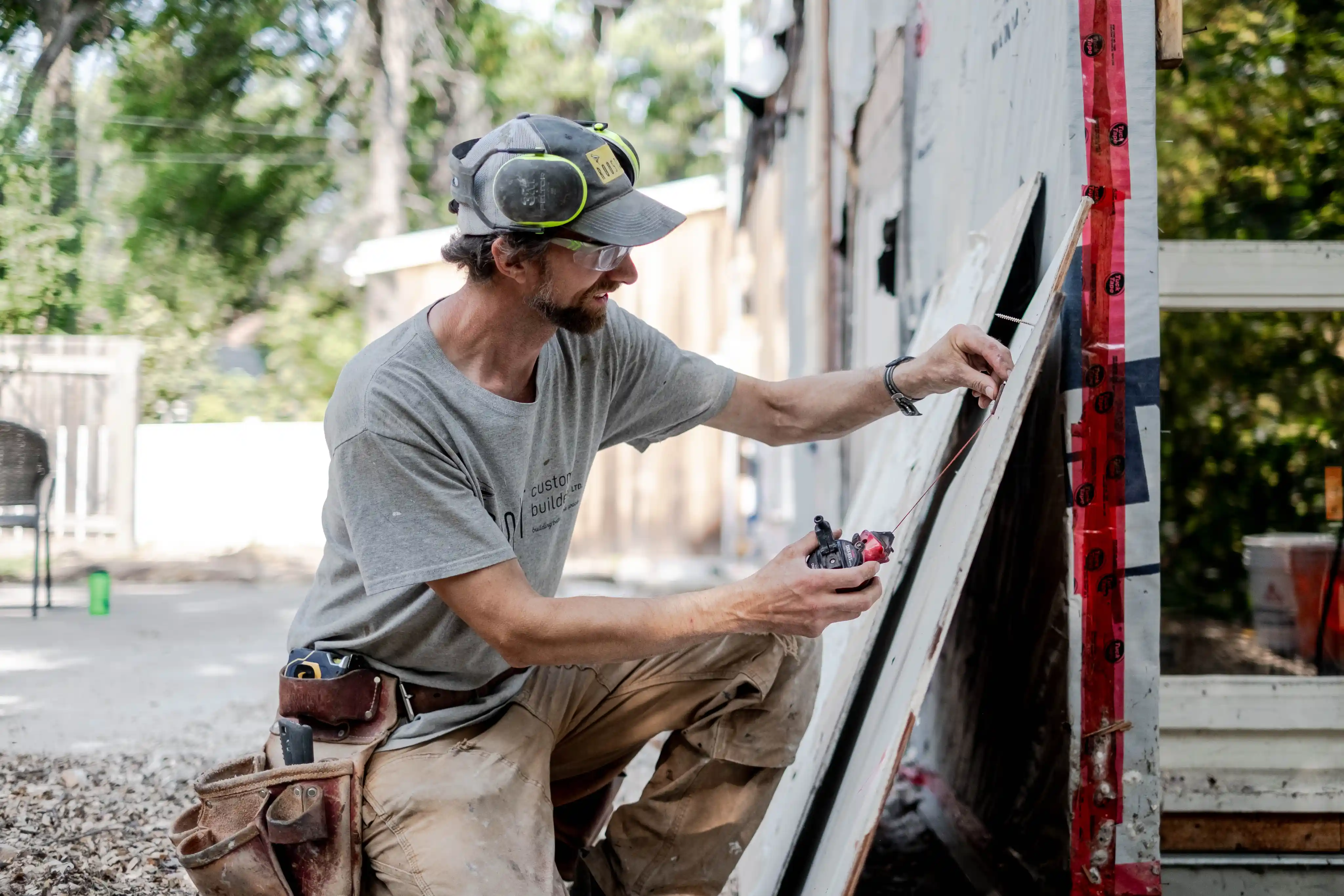
Project Process
While every project is unique, our standard project process progresses through a series of phases and steps. This section provides an in-depth breakdown of what to expect when working with Roost.
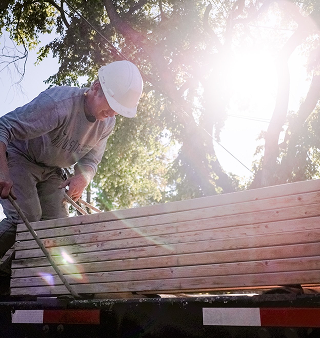
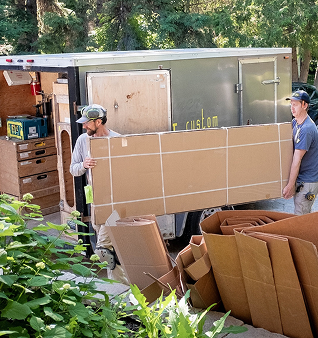
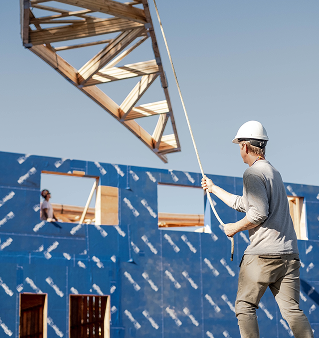
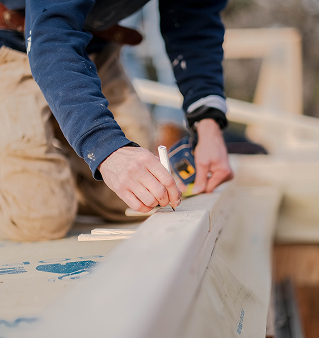




Phase 1: Pre-Design
Pre-design involves investigating your goals, current issues, and the conditions & constraints at the site of your project. This knowledge enables a highly informed understanding of the existing site and the primary project requirements that will inform the outcome of the Preliminary Design stage. A hypothesis about the situation is made to kick-start the creative process, and conversations and research work hand in hand during this phase of the design process to clarify the hypothesis and work towards solutions.
Getting Started:
Everything begins with a simple ‘Customer Intake Form’ that provides us with a brief overview of the work you would like to implement and the main priorities you have established for your project.
First Impressions:
Following an initial site visit with our [role] Myron, we’ll establish a Initial Budgetary Breakdown that will outline some basic cost allowances, based on data collected from similar past Roost projects, furnished with a Pre-design/Pre-construction Planning Agreement. When the agreement is signed, 50% of the Initial Budget Proposal total will be required as a deposit before proceeding.
Information & Data Gathering
Roost staff will drop in at your project site to gather existing information and obtain detailed measurements needed to help us refine the scope and parameters for your project, and determine your project requirements.
Compiling the Big Picture
With the various information gathered during the previous step, our team will evaluate your project goals and requirements.
Initial Budget/Pre-construction Proposal
The document outlines the work that Roost will carry out to explore potential design solutions, ideas and elements for your project. This part of your project and associated fees include everything from preliminary modelling/drawings/sketches up to the preparation and completion of 30% Construction Drawings - marking the end of the Pre-design Stage of your Project. The second project Stage is “Construction”.
Milestone(s):
Pre-Construction Services proposal signed / 50% deposit paid (on the proposal, not your project budget)
Your Role
Communicating issues and constraints with your space, as well as your goals, ideas, and questions.
Information and data collection
This could include anything from getting access to existing drawings, taking 3D scans and as-built measurements, obtaining a site survey and/or BLC, measuring energy efficiency/performance, and determining what permits may be needed prior to the Construction Stage.
Your Role
Sit tight unless you receive communication from us.
Phase 2: Preliminary Design
The preliminary design phase is the first crack at the design of new elements and layouts. It assumes a basic timeline for the entire project, following step 3 of Pre-design, and results in the creation of preliminary drawings to understand the daily flow of people in their home & lifestyle, which will likely go through multiple iterations. With preliminary drawings shared back-and-forth with clients, project scope can be better understood and planned more clearly.

Platform/Schedule Setup
Roost will create a Draft Schedule and Project Management Platform/ Board that will establish and organize a/timeline of tasks and major project milestones for design and pre-construction planning. This portal will continue to be used throughout the project for communication and decision-making.
Reviewing Risks and Priorities
There are many ways a project timeline can be disrupted, some larger than others. Seasonal changes or inclement weather can lead to extended construction schedules. A project may be undertaken with the goal of completion before an important life event or milestone, like a wedding, holiday, or the birth of a child.
Preliminary Sketches
Roost’s lead designer/architect creates various types of sketches for you to review & provide feedback. These sketches are often accompanied by precedent images and a list of questions.
Preliminary Sketches
The Roost design team uses your feedback to edit/revise preliminary sketches, and may meet with you to evaluate the proposed design and identify new or revised scope. “Step 6” may apply to your project - in the event of new or revised scope.
Schematic Drawing Set
Roost’s design team (lead designer/architect and draftsperson) creates a set of schematic drawings, which are more technical and detailed than preliminary sketches, and will help refine the process of estimating the anticipated cost of the total project scope. work to be done.
Revisit initial budget proposal
If the project scope changes after Schematic Design drawings are prepared, there may be a need to revise the initial budget proposal.
Other events in this step
Some projects require precautionary testing at this step for existing materials suspected to contain hazardous substances. This testing may also take place during demolition, as the concealed layers of your home become exposed.
Milestones(s)
Planning and Communicate moved to the project board
Your role
We’ll set you up on the project board, and then sit tight.
Changes to scope
Goals, constraints, and known project challenges are analyzed extensively to reveal potential risks and, determine what is or is not achievable or possible in the desired timeline. This may require that the construction scope be phased into parts/or multiple stages.
Milestone(s):
Planning and Communicate moved to the project board.
Milestone(s)
Projects goals and requirements solidified.
Your role
Provide any kind of inspiration - photographs, sketches, your own ideas, etc.
Milestone(s)
Understand the overall project scope and proposed design work before Roost proceeds with drafting schematic drawings.
Your Role
Give us your absolute, honest feedback. Discovering what you like and what you don’t like are essential parts of the process.
Sub-contracted services
Sub-contracted services are any specialized design or construction services/work that Roost does not perform provide directly.
- During design and pre-construction planning, design & calculations by a structural engineer may be required (depending on project scope). Roost does not provide structural engineering services.
- During construction, these include plumbing & HVAC, electrical, landscape, and installation of some specialty equipment.
Milestone(s):
Acceptance to proceed with detailed design
Your Role
Keep up the honest feedback. Review drawings and let us know if your project is moving in the right direction.
Finishing Touches
Finishing touches are elements like doorknobs, tile design, paint, baseboard styles, exterior trim, etc. These elements can be changed flexibly without major impact on the design, but that can vary greatly in cost depending on material and style.
Milestone(s)
Initial Budget Proposal Updated
Your role
Sit tight - we’ll check in with you.
Phase 3: Schematic Desgn
In this phase, the design process includes further developing plans and design details, making basis of design decisions and determining logistical requirements in advance of construction.
Prepare and issue draft 30% construction drawing
In consultation with you, this document is created, laying out not only the basic design elements of your project but also the budget and timeline. Once finished, these drawings are issued to suppliers and subcontractors for planning and logistics.
Construction budget proposal/contract and revised 30% construction drawings
Once design and logistics are finalized, you’ll review and accept the construction budget, allowing the final design work and construction drawings to be completed.
Complete 90% Drawings and Permitting
The construction drawings are developed almost to completion while the permit application documents are prepared.
Shop Drawings
Drawings nearing 90% completion may be submitted to certain suppliers, to have them prepare Shop Drawings before fabrication begins. Roost will determine any remaining details that need addressing or further design, and will furnish/mark-up the shop drawings - not just to clarify the design intent but also to address the logistics & coordination involved in the installation of new elements. It’s like a final final check before major elements are ordered and fabricated.
Milestone(s):
30% drawings issued for pricing
Your Role
Sit tight and review drawings and make selections.
Milestone(s):
Construction Budget accepted
Your Role
Review and accept the construction budget and 30% drawings
What does permitting entail?
It depends on your project. In addition to the basic permits required for any large residential project (plumbing permit, electrical permit, and even the basic building permit), unique permits may also be required for more complex or unique work. To name just a few, these include permits for zoning, development, demolition, and waterways.
About Sealed Drawings (if required)
Sealed drawings are considered 100% when the (nearly final) 90% drawings are analyzed to determine any remaining details that need addressing, not just with the design but also with the logistics involved in the construction of that design. It’s like a final final check on all the work.
Milestone(s):
Permit Applications Submitted
Sealed Drawings (if required) - Sealed drawings are considered 100% when the (nearly final) 90% drawings are analyzed to determine any remaining details that need addressing, not just with the design but also with the logistics involved in the construction of that design. It’s like a final final check on all the work.
Lead Times
Some materials (or components or equipment) require fabrication off-site and may have long lead times after an order is placed. Generally, 3 weeks is considered a long lead time
Finishing Touches
Finishing touches are elements like doorknobs, tile design, paint, baseboard styles, exterior trim, etc. Sometimes, these elements can be changed flexibly without major impact on the design, but that can vary greatly in cost depending on material and style.
Milestone(s):
Order materials with expected long lead times.
Your Role
Sit Tight!
Phase 4: Construction
By this stage, drawings, permits, contracts, timelines, and logistics are complete, and the actual boots-on-the-ground work of building can begin.

Mobilization - Getting Started
Though projects vary greatly in this stage, generally you and the Roost team will work together prepare the spaces and equipment for the work to begin. Spaces in homes are cleared of furniture and personal belongings, additional material orders are placed, and the first steps of the construction begin.
Construction budget proposal/contract and revised 30% construction drawings
Once design and logistics are finalized, you’ll review and accept the construction budget, allowing the final design work and construction drawings to be completed.
New Construction
The construction drawings are developed almost to completion while the permit application documents are prepared.In this step, we translate all of the designs and plans into the finished product. From start to finish, the foundational, structural, and finishing elements of the work all come together. Every new construction will have unique sub-steps within it.
Milestone(s):
30% drawings issued for pricing
Your Role
Sit tight and review drawings and make selections.
Milestone(s):
Demolition complete
Your Role
Sit tight. (And stay clear!)
Construction Sub-steps
- Foundation
- Framing
- Rough-ins
- Air sealing
- Insulating
- Boarding and taping
- Finishing Carpentry
- Interior and Exterior finishes
Milestone(s):
Construction Complete!
Your Role
Stay in communication with the site lead. The project board is still the default way to communicate, but some larger projects benefit from weekly meetings between the site lead and the client (you).
Phase 5: Post-project
Once the work of construction is complete, the project enters a period of check-ins, followup, and a 2-year warranty period.
Site handoff + punch list
Roost will inform you that the work has completely finished and the site has been professionally cleaned and cleared of all tools, materials, scaffolding, machinery, waste, and — finally — staff and contractors. We’ll also go over a ‘punch list’ of concerns or outstanding items related to the project.
Followup
We’d love to learn about how things have gone for you with the new project, and we’d welcome any questions or feedback. We might also arrange a visit to gather images of your completed project for our website and social media.
2-year warrant period ends
Roost offers a 2-year warranty period where defects due to workmanship are corrected free of charge. Feel free to stay in touch with continued questions, ideas or feedback.
Revisit initial budget proposal
If the project scope changes after Schematic Design drawings are prepared, there may be a ned to revise the initial budget proposal.
.webp)
Client Experience
Any large renovation or build is a complex undertaking, and we take our responsibility to make projects as painless as possible for our clients seriously. We hold ourselves to a higher standard not just of design and consturction but of care, keeping clients in the loop to a high degree and reducing the impact our work has on their daily lives.
Care and
Attention to Detail
We keep a four-day work week because we believe that work-life balance doesn’t just benefit our personal lives. It helps us be more actively engaged with our work, bringing greater attention to detail and an inclination towards creative problem-solving. We hire people who want a stimulating work environment where they can put their skills and creative passion to work.
Transparency and Communication
We communicate proactively at every stage and step in your project, keeping you updated and aware of big picture context, updates, and important timeframes for decisions.
Attention to home life impact
The impact of a renovation on your home life is significant, and we’re committed to offsetting the unavoidable realities of distracting noises, watching people come and go, and the general stress of living in a home where ongoing work is taking place.
Maximizing Sustainability and Performance
Planned obsolescence and diminishing standards of quality are on the rise everywhere you look, and, sadly, this includes standards for building homes. Poor energy efficiency, toxic and harmful materials, and grimly short lifespans punctuated by multiple costly repairs hurt the planet and hurt homeowners financially.
More technical questions?
You can find more information about our design principles, building science, and sustainability practices and commitments on our "How we Build" page.

Have a project in mind?
Have we peaked your interest or got you thinking about a project you have in mind? Follow any of these links to learn more about or work or get in touch through the contact form below.

